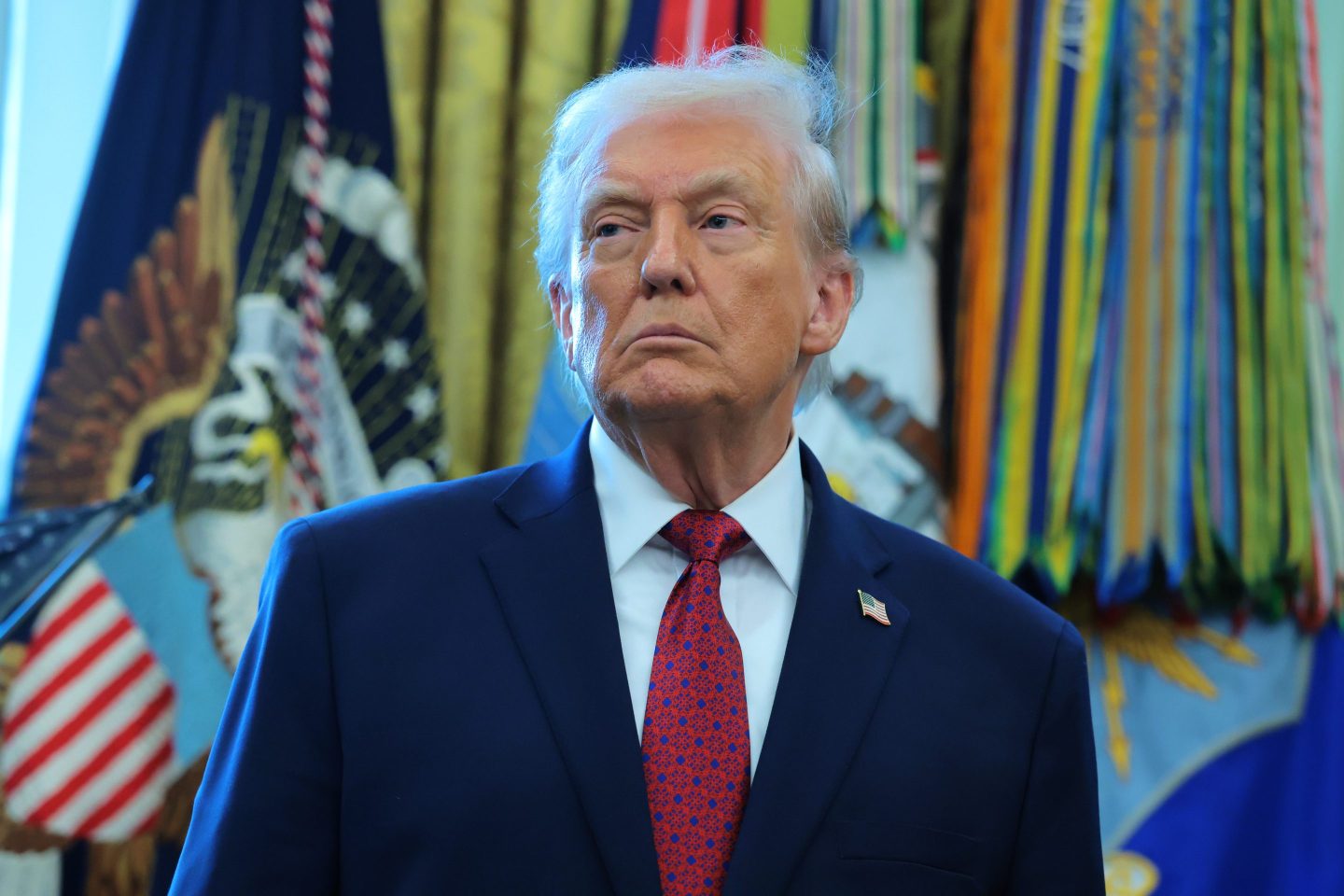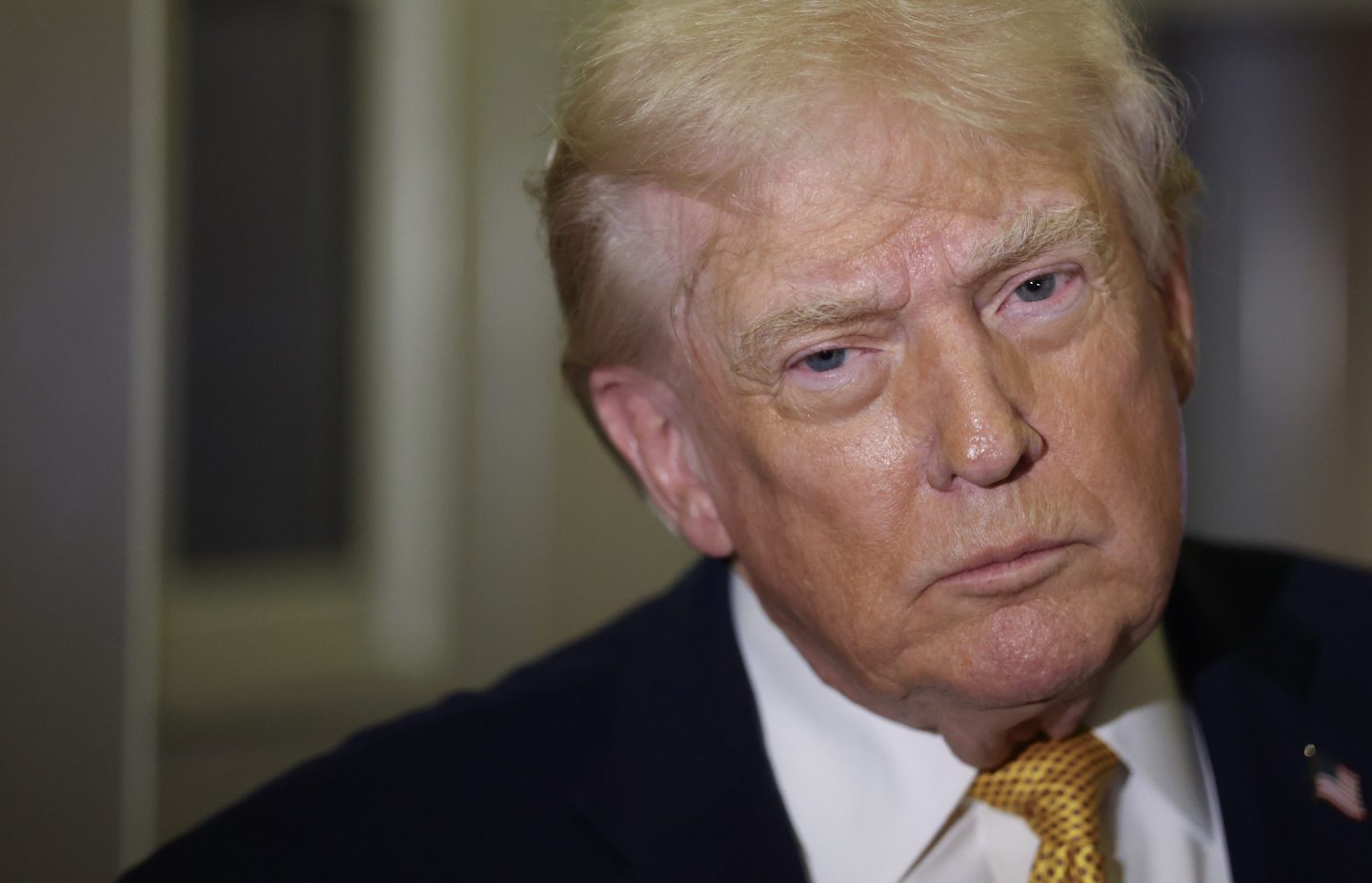There are 500 Fortune 500 CEOs, 100 United States senators, and 77 women who have won a Best Actress Oscar.
But there are only 32 National Football League franchise owners.
Entry into NFL’s exclusive ownership ranks is viewed as a status symbol among wealthy elites—no shortage of whom are queued in line, waiting for the opportunity to acquire a team of their own. Money and influence are one thing, but running a franchise in America’s most popular sports league—with millions of fans watching your team every week, and hanging on your every decision as owner—is a whole different ball game.
This Sunday brings the biggest game of all: Super Bowl LV, the 55th edition of the NFL’s annual championship game. The defending champion Kansas City Chiefs, led by phenomenal young quarterback Patrick Mahomes, take on the Tampa Bay Buccaneers, led by legendary veteran signal-caller Tom Brady, at the Bucs’ own Raymond James Stadium in Tampa. (It is the first time the neutral-site Super Bowl has been played in one of the finalists’ own stadiums.)
But whoever wins on Sunday, neither Mahomes nor Brady will be the first to lift the prestigious Vince Lombardi Trophy over their heads. That privilege, per the NFL’s customs, will go to the owner of the victorious team—and this year, it will be awarded to one of the scions of two of the NFL’s most prominent family ownership dynasties.
The Hunt family, who own the Chiefs, are pro football royalty, with their involvement in the game stretching back to the origins of the modern NFL. They’re also one of the wealthiest families in America, with a fortune stemming from original patriarch H.L. Hunt striking gold in the oil fields of east Texas.
The Glazer family, who own the Buccaneers, have been part of the NFL fraternity for more than a quarter-century, since Malcolm Glazer purchased the team in 1995. In the years since, the Glazers have revitalized one of the NFL’s most downtrodden franchises and expanded their sports holdings to include another prestigious asset, the English soccer club Manchester United.
Whoever wins on Sunday, both the Hunts and Glazers are a testament to the place that the NFL holds in America’s collective popular consciousness. For all their billions, the fact remains that far fewer people would know their names if it weren’t for their involvement in America’s game.
The Hunts
Kansas City Chiefs fans have known only one owner in their team’s entire 61-year history: the Hunt family, whose fingerprints are all over the history of pro football, including the creation of the Super Bowl itself.
The franchise was founded in 1959 by Lamar Hunt, son of Texas oil baron H.L. Hunt, who parlayed a 4,000-acre oil field in east Texas into one of the 20th century’s greatest fortunes. H.L. Hunt’s rags-to-riches story is the stuff of American business legend; with a net worth estimated as high as $8 billion, he wielded his power and influence in the realm of conservative politics and was one of the inspirations for the character of J.R. Ewing in the popular 1980s TV series “Dallas.”
Hunt’s successes allowed his 15 children to pursue their own riches across a variety of business interests, both inside and outside of the Hunt oil empire. One memorable enterprise was an effort by brothers Nelson Bunker and William Herbert to corner the global silver market—an endeavor that led to a historic boom in silver prices in the late 1970s, only to be followed by a subsequent bust in 1980 that cost the Hunts billions.
While Lamar Hunt was also involved in the silver affair, his true passion lay in sports. After his attempts to bring an NFL franchise to Dallas in the late 1950s were rebuffed by the league, Hunt took a drastic measure that would forever alter the course of the sport: He and several other businessmen started their own pro football league, the American Football League (AFL). The eight-team enterprise, which included Hunt’s own Dallas Texans, launched in 1960.
Alarmed by its new competitor, the NFL moved quickly to cover its bases—forming a new expansion franchise in Hunt’s backyard, the Dallas Cowboys, that very year. Hunt’s Texans soon found it hard to compete in the Dallas market with a team from the larger, more established NFL. By 1963, he decided to move the franchise to Kansas City, rebranding it with the Chiefs name that it holds to this day.
The Chiefs, led by Hall of Fame coach Hank Stram, became one of the AFL’s most successful franchises, helping the fledgling league become a force in its own right. In 1966, both the NFL and AFL realized that they would be better off joining forces and agreed to a merger that year. The newly combined league’s title game would feature the champions of two conferences—the National Football Conference (mostly comprised of original NFL teams) and the American Football Conference (mostly former AFL teams)—in an annual showcase.
In a bit of American sports folklore, Hunt himself came up with the iconic name for the new championship game: Legend has it that he floated the “Super Bowl” name to NFL commissioner Pete Rozelle after seeing his children play with a synthetic rubber “Super Ball” toy. The name stuck, and the Super Bowl would go on to become the biggest event in American sports as the NFL’s own popularity grew over the late 20th century.
Hunt’s interest and influence in sports extended beyond football, however. He and his family played a major role in growing soccer’s popularity in the U.S., becoming founding investors in Major League Soccer in the mid-1990s. The Hunts owned three different MLS teams at one point, helping the league establish a foothold that has allowed it to flourish into a 30-team enterprise.
Lamar Hunt died in 2006, but his children continue to carry on his legacy in the sports world. His son, Clark Hunt, today serves as chairman and CEO of the Chiefs, taking the lead role in the day-to-day running of the franchise. Should the Chiefs emerge victorious on Sunday night, it is Clark who will lift the Lombardi Trophy—for the second year in a row.
As for the broader Hunt clan—including those not involved on the sports side—they continue to benefit from old H.L.’s wildcatting prowess: Their net worth is estimated at north of $15 billion.
The Glazers
The Glazer family has owned the Tampa Bay Buccaneers since 1995, when patriarch Malcolm shelled out a then-record $192 million for the franchise. It’s proven to be a clever bit of business: The Bucs are now valued at nearly $2.3 billion, as the Glazers—like all NFL owners—have benefitted from the league’s escalating television rights contracts. (Likewise, the Chiefs are valued at $2.5 billion.)
Born in upstate New York to Lithuanian Jewish immigrant parents, Malcolm Glazer worked in his father’s watch parts business as a child. When his father died, a 15-year-old Malcolm was forced to sell watches door-to-door in order to support the family. Glazer once described his father’s death as “probably the most tragic thing that ever happened in my life”—but added that the experience of having to fend for himself and his family “made me a man.”
With his hard work and business acumen, Glazer found success in the watch repair and jewelry business in the 1950s, but he eventually branched out into real estate, which is where he found his fortune. He started out buying mobile homes and duplexes and soon expanded into other commercial real estate asset classes including shopping centers and nursing homes. But real estate proved only a jumping-off point for Glazer; over the following decades, his holding company, First Allied Corporation, would accumulate a sprawling, diversified portfolio of assets in industries ranging from food services and broadcasting to banking and energy.
When Glazer bought the Bucs in 1995, the franchise had suffered two decades of failure and ignominy that had rendered it the laughingstock of the NFL. (The franchise still has the lowest all-time winning percentage of any team in the league, such was its ineptitude in the pre-Glazer years.) He quickly turned things around, bringing in the right football people to build one of the fiercest defenses in NFL history—one that would eventually carry Tampa Bay to a Super Bowl victory in 2003. Glazer also saw to the construction of a new stadium for the team, with Raymond James Stadium continuing to serve as the Bucs’ home—and hosting the Super Bowl for the third time this weekend.
Other endeavors in the sports world proved more fraught and controversial. By the early 2000s, the Glazers had begun building up an ownership stake in Manchester United, one of England’s biggest and most successful soccer clubs. Eventually, they launched a successful takeover bid in 2005 in a deal valued at roughly £800 million; however, the Glazers’ leveraged buyout of the club loaded more than £500 million in debt on Manchester United’s books, raising alarms among a devoted fan base that continues to protest against the owners. While Manchester United still rank among the world’s richest soccer teams, recent years have found success on the field harder to come by—further heightening criticism from fans and critics who perceive the Glazers’ stewardship of the club as motivated by self-interest.
The press-shy Malcolm Glazer receded even further from public view after suffering a debilitating series of strokes in 2006 and died in 2014 at the age of 85. Today, his children continue to run the Glazers’ enviable sports holdings on both sides of the pond; Avram and Joel serve as co-chairs of Manchester United, while Joel, Bryan, and Edward co-chair the Bucs—and would presumably take turns lifting the Lombardi Trophy, should Tom Brady bring it back to Tampa on Sunday night. The family’s net worth has been estimated at north of $4 billion.











